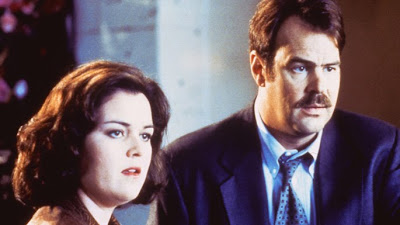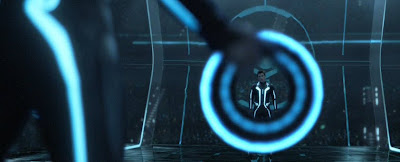
New Jersey's My Chemical Romance have been around since 2001, blasting their way to an increasingly large audience over the past decade. Their newest album Danger Days: The True Lives of the Fabulous Killjoys is a concept album set in a sort of post-apocalyptic California in the not too distant future. The band members take the roles of outlaws against an oppressive corporate state.
Danger Days is inspired by a lot of earlier bands who filled arenas in their day, with My Chemical Romance modifying the basic ideas to fit their own style in the present. Concept albums about rock and roll fighting back against a towering, oppressive status quo go at least as far back as Pink Floyd's 1979 album The Wall, if not Pete Townshend's Lifehouse concept that was partially presented in The Who's 1971 album Who's Next. The idea is an appealing one even if society isn't nearly as bad, or rock and roll nearly as much a force for good, as these albums generally lead you to believe. But I guess every generation needs to learn that in their own way at their own pace. Sonically, My Chemical Romance are a peculiar combination of let-it-all-out 90's grunge, the operatic grandiosity of Queen, and the bubble gum of bands like The Bay City Rollers. (The artistic leap from "S-A-T-U-R-D-A-Y... night!" to "Na, na na na, na na na, na na na na na na na" is not as big as you might think.) The band members don't care for the "emo" label, but The Bee Gees didn't like being called disco, either. The album begins with commentary from a DJ, who makes two more appearances later on. The dialogue sounds like it came from an intermission in a first-person shooter, but My Chemical Romance do seem to know their target audience.
But even if you can argue that My Chemical Romance sling their guns in defiance all the way to the bank, the album does have enough fun, energetic songs to justify a few listens. The chorus of "Na Na Na (Na Na Na Na Na Na Na Na Na)" may not be poetically deep, but everybody can jump up and down while singing along with it. The positive, anthemic "SING" transcends the album's otherwise dark concept. "Party Poison" and the closing song "Vampire Money" are effective punk rave-ups guaranteed to send bodies flying at their shows.
I can certainly see the appeal of Danger Days: The True Lives of the Fabulous Killjoys, but I had the unusual (and rather disturbing, to be honest) sensation while listening to it that I was too old for it. My Chemical Romance clearly aim their music at teenagers and adults younger than themselves (i.e., way younger than me), but they do seem to hit their targets for the most part.
Overall grade: B-
reviewed by Scott
"Na Na Na (Na Na Na Na Na Na Na Na Na)"








































